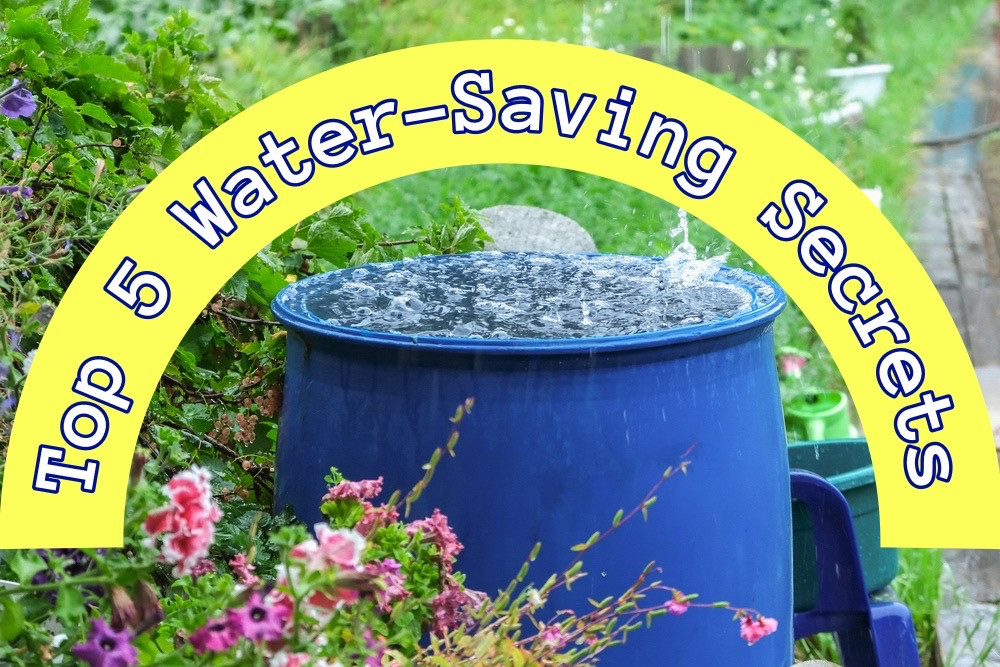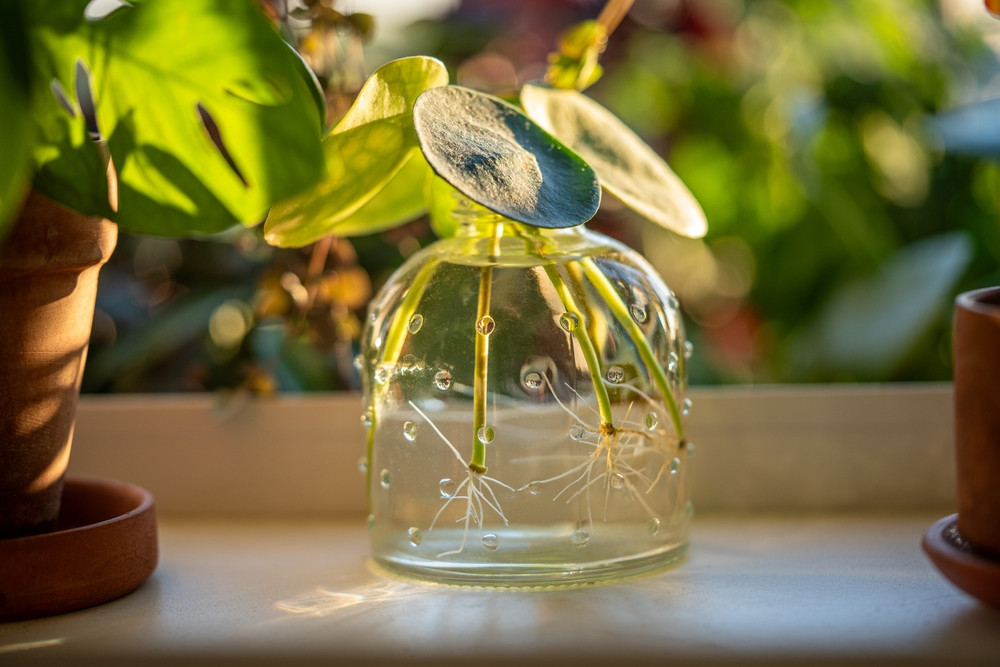What Are The Easiest Vegetables To Grow in Zone 6?

For those cultivating a garden in USDA Zone 6, the generous growing window—typically from late April's last frost to mid-to-late October's first freeze—presents a prime opportunity for a diverse vegetable patch. While many crops thrive here, seasoned gardeners often seek varieties that offer reliable returns with minimal fuss, freeing up time for more ambitious endeavors or simply ensuring a consistently abundant yield.





